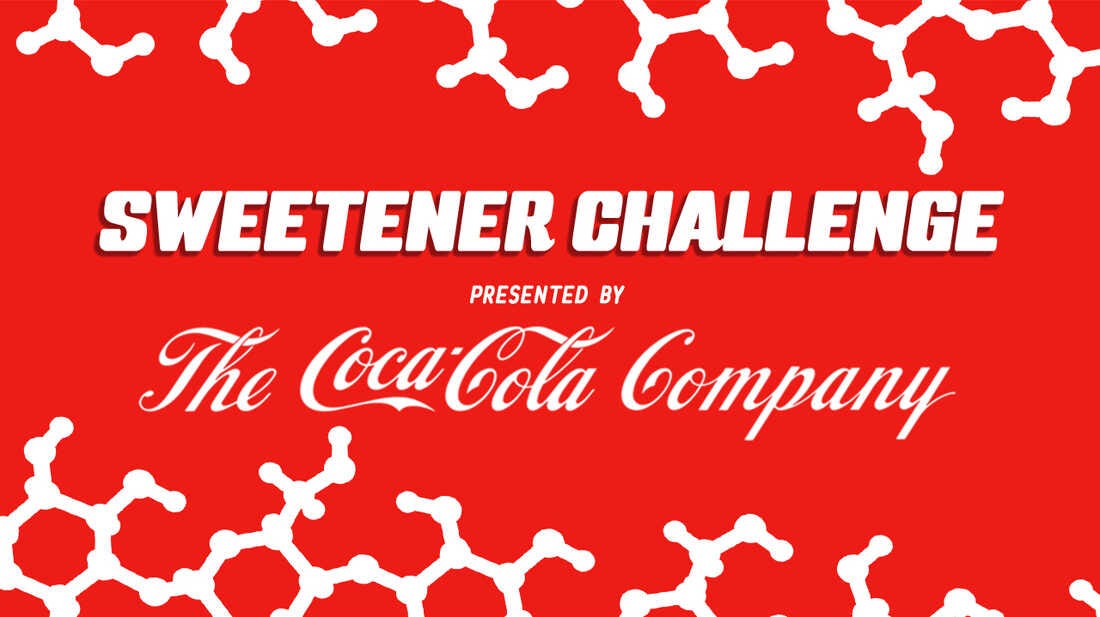Imagine you are a Big Food CEO in 2023.
Americans in recent years have started to “wise up” to the unhealthy practices of your industry. They claim you only care about your bottom line, are comfortable poisoning the country just to make a buck, and are looking for better alternatives.
What do you do?
You could fight back using subversive marketing, making your products seem fun despite the health implications.
Or you could lobby government and public health agencies to publish positions that support your products.
Both strategies have been tried, and only work so well. You need a more permanent solution, and one that doesn’t involve losing money. But how?
You’ve spent decades optimizing your supply chain and operations to be as efficient and cheap as possible, so you can’t cut costs further. And people are already price sensitive, and won’t pay more for your product.
Quite the predicament. But it turns out that one of the health trends the public seems so obsessed with— low sugar— is your golden ticket.
But how?
In this article, we’ll see how the low-sugar trend benefits the industry at the further expense of public health, and why the processed food industry is so quick to hop on the anti-sugar bandwagon.
Health Foods Cost More
You’re in the boardroom for your monthly meeting with strategy consultants from BCG, and one of them pipes up with a brilliant and original idea: people will pay more for health.
Really? Americans will pay more for quality?
All your experience selling to boomers for the past few decades has told you that Americans will spend $5 on gas to drive across town to the Wal-mart to buy coke for $.20 cheaper than at their local store.
“You’re telling me that people will actually pay more for quality?”
“Yes, we did some market research on millennials and they actually care about buying quality products”, the consultant says.
“Great,” you think to yourself. You won’t say no to charging more money…
“Let’s bump up the prices then, maybe do a rebrand with greener looking packaging, and it’s a done deal!” You exclaim.
But the consultant reluctantly tells you, “that won’t work sir. You can’t fool them that easily. Why don’t you make products with better ingredients, and do a rebrand on that?”
Seething, you retort, “you should go back to business school where you belong, genius! Any profit gains I make on higher pricing will be eaten up by the cost of fair trade farmers from Ecuador. It’ll just be a wash.”
“But sir, have you looked at the prices of sugar alternatives? They’re way cheaper than actual sugar. And people will pay more for it!”
“Go on…” You’re curious now. If Americans want sugar-free, and you can charge them for it, you might be in business.
The Price of Sugar
That’s more or less exactly how it went down.
Most people think of sugar as one of those cheap, commodity ingredients available in near-infinite quantities and added to all packaged foods.
That’s largely true. However, sugar is still expensive.
You have to grow sugarcane entirely for the purpose of producing sugar. Then you have to harvest it, boil it, and process it, with each subsequent step leading to an accumulation of costly waste.
Sugarcane is only 42% sugar by dry weight, and it’s mostly water after all.
As of 2023, it was trading around $25/lb on the commodity market (meaning the cheapest possible price for unfathomable quantities of bulk sugar).
But you can pick up aspartame, the OG 0-calorie sweetener for $6.80 per lb. Despite that it can make you go blind, about half of all coke sold nowadays is sweetened with aspartame.
But aspartame is not trend-forward enough. Xylitol, which is considered “healthy” by many more forward-thinking influencers, is sold for about $2/lb.
More Options
That’s just the tip of the iceberg. There are tons of non-sugar sweeteners nowadays. Stevia, allulose, and erythritol are other popular options.
Not only are they cheaper in most cases, they are also produced in a much more centralized fashion, immune to the disruptions of fickle sugarcane production that occurs on farms mostly in the global south.
Win-Win (for them)
In sum, non-sugar alternatives are both cheaper and easier to get in large quantities.
What’s more, is that consumers are willing to pay more for non-sugar products because they think they’re healthy.
Increase topline, and decrease costs— a strategy consultant’s dream scenario.
And people fall for it hook, line, and sinker. Hence my admonition against “health foods” in a previous post:
The Dangers of "Health Food"
Health Foods, as we know them today, are a complete scam. They are expensive, taste weird, and most of the time, not even healthy. But they are cause even more harm than the mere waste of money—they also keep
It’s very appealing to pop a few trendy ingredients into a package. People think they’re being healthy, and don’t care to look too deep into things.
But this “healthwashing” only exacerbates the problem. The food itself remains unhealthy (or gets even worse), while people pay more, thinking it’s better. Only for public health stats to continue to plummet, while everyone wrings their hands in desperation, ultimately accepting their fate as the most unhealthy country in the world.
Protecting yourself
While sugar is the obvious example of this bait-and-switch healthwashing, it’s not the only one.
Quality ingredients are not cheap. If a company shows up and promises a healthy product that’s just as accessible and similarly-priced to the standard one, it’s probably too good to be true.
Plant based proteins are a good example, as are dairy substitutes.
In order to protect yourself, keep the following heuristic in mind:
The closer it is to the farm, the better
Because it’s pretty tough to get actual farmed ingredients into packaged foods, usually the “health trends” with a label are a distraction.
Think about all the truly healthy foods: sourdough bread, organic produce, pasture raised dairy, quality animal fats— there very few examples of those ingredients in healthy packaged foods.
Proper Blame
It’s important to realize who the true antagonist in this story is.
It’s not the Big Food CEO who wants to use cheaper ingredients that people are willing to pay more for.
It’s the people themselves, who through ignorance or confusion, drive the policy decisions of these companies.
If people themselves realized that fake sugar is worse than the real thing and have no demand for it, then the products wouldn’t get produced.
Simply put, there is never an inherent incentive for health in the strategy of big food corporations. They don’t want to make healthy or unhealthy products. Their only strategy is to make what people are willing to pay money for.
Change the willingness to pay, and you change the industry
Bonus: What about seed oils?
Keep reading with a 7-day free trial
Subscribe to Tan Land: Natural Health and Beauty to keep reading this post and get 7 days of free access to the full post archives.








